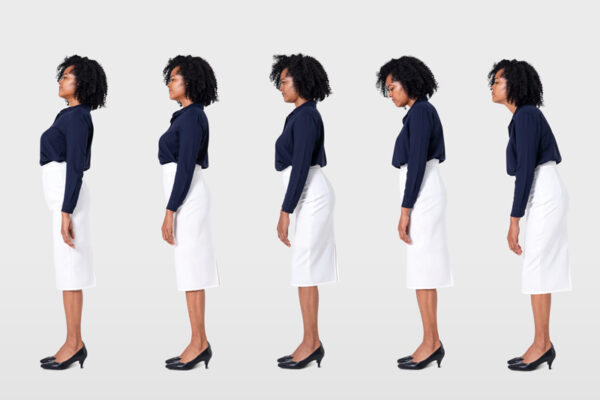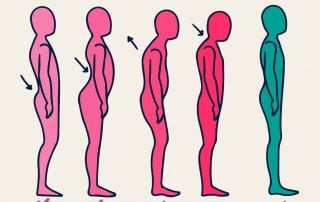
In the era of remote work and digital dominance, maintaining good posture has never been more crucial—or more challenging. Constantly glued to our screens, we often find ourselves slouching, hunched over laptops, or craning our necks towards our smartphones, ignoring the silent toll it takes on our body. Yet, the importance of good posture extends far beyond avoiding a temporary hunchback appearance at the end of the day. It is fundamental to our overall health, affecting everything from our breathing to our mood. Here’s where the expertise of a Physical Therapist (PT) can be a game-changer in fostering not just better posture but also a better quality of life.
Why Good Posture Matters
Good posture is integral to physical health, facilitating efficient movement and balance while reducing the risk of injury. It ensures that muscles are used correctly, reducing abnormal wearing of joint surfaces that could result in degenerative arthritis and joint pain. Furthermore, it decreases the strain on the ligaments holding the spinal joints together, minimizing the likelihood of injury and normalizing their role.
Posture impacts other physiological functions, including breathing and circulation. A slouched position can compress the abdomen and chest cavity, restricting airflow and blood flow. It also plays a pivotal role in our mental health; studies have shown that maintaining an upright posture can help combat stress and increase self-confidence.
Despite its significance, maintaining good posture is often overlooked until discomfort or pain becomes a stark reminder of our negligence. That’s where physical therapy comes into the picture.
The Role of Physical Therapy in Improving Posture
Physical Therapists are experts in movement and function. They do not merely address symptoms but aim to identify and treat the root cause of poor posture. Here’s how a PT can help:
1. Comprehensive Evaluation
A PT begins with a thorough assessment, examining your posture, flexibility, and muscle strength. This holistic approach helps identify the factors contributing to poor posture, be it muscle weakness, imbalanced muscle use, or poor ergonomics. This assessment is not limited to your spine only, but includes your hips, knees, shoulders and ankles as well.
2. Personalized Treatment Plan
Based on the assessment, the PT develops a customized treatment plan tailored to your specific needs. This may include exercises to strengthen weak muscles, stretches for tight muscles, and advice on proper ergonomics to improve your workstation setup.
3. Education on Proper Posture
Education is a crucial component of physical therapy. A PT will teach you the principles of good posture and how to apply them in your daily activities, whether sitting at your desk, standing, or moving around. This awareness is key to preventing future posture-related issues.
4. Hands-on Therapy
PTs may employ hands-on therapy techniques, such as manual therapy, to mobilize joints and massage to release tight muscles, alleviating discomfort and improving your body’s ability to maintain good posture.
5. Long-term Strategies
Finally, a PT provides strategies for maintaining good posture beyond the clinical setting. They equip you with the knowledge and tools to integrate posture-friendly habits into your lifestyle, ensuring long-term health benefits.
Investing in our posture is investing in our health. With the help of physical therapy, not only can we alleviate the immediate discomfort caused by poor posture, but we can also adopt healthier habits that have profound benefits for our physical and mental well-being. Whether you’re dealing with specific posture-related discomfort or aiming to improve your overall health, consulting with a physical therapist could be your first step towards a healthier, happier you.
Remember, maintaining good posture is an ongoing effort. Incorporating the strategies and exercises prescribed by a PT into your daily routine can help ensure that the benefits of good posture are felt for years to come. Caring for your posture is not just about preventing pain—it’s about enhancing mobility, optimizing bodily functions, and improving quality of life.
Keep Reading…
6 Stretches to Relieve Back Pain
Back pain is very common and can become debilitating [...]
How Your Posture is Affecting Your Shoulder Pain
Let’s be honest, we all have bad posture [...]
Stiff Mid Back? Try these Thoracic Mobility Exercises
A lot of us focus on our low back [...]
Who Can Decompression Therapy Help?
What Conditions Can Decompression Treat? [...]
Vlog Self-Manipulation Techniques: Quadratus Lumborum (QL)
The events of this year have kept many of [...]
What is Spinal Decompression?
Do you have a herniated disc, multiple herniated discs, [...]






